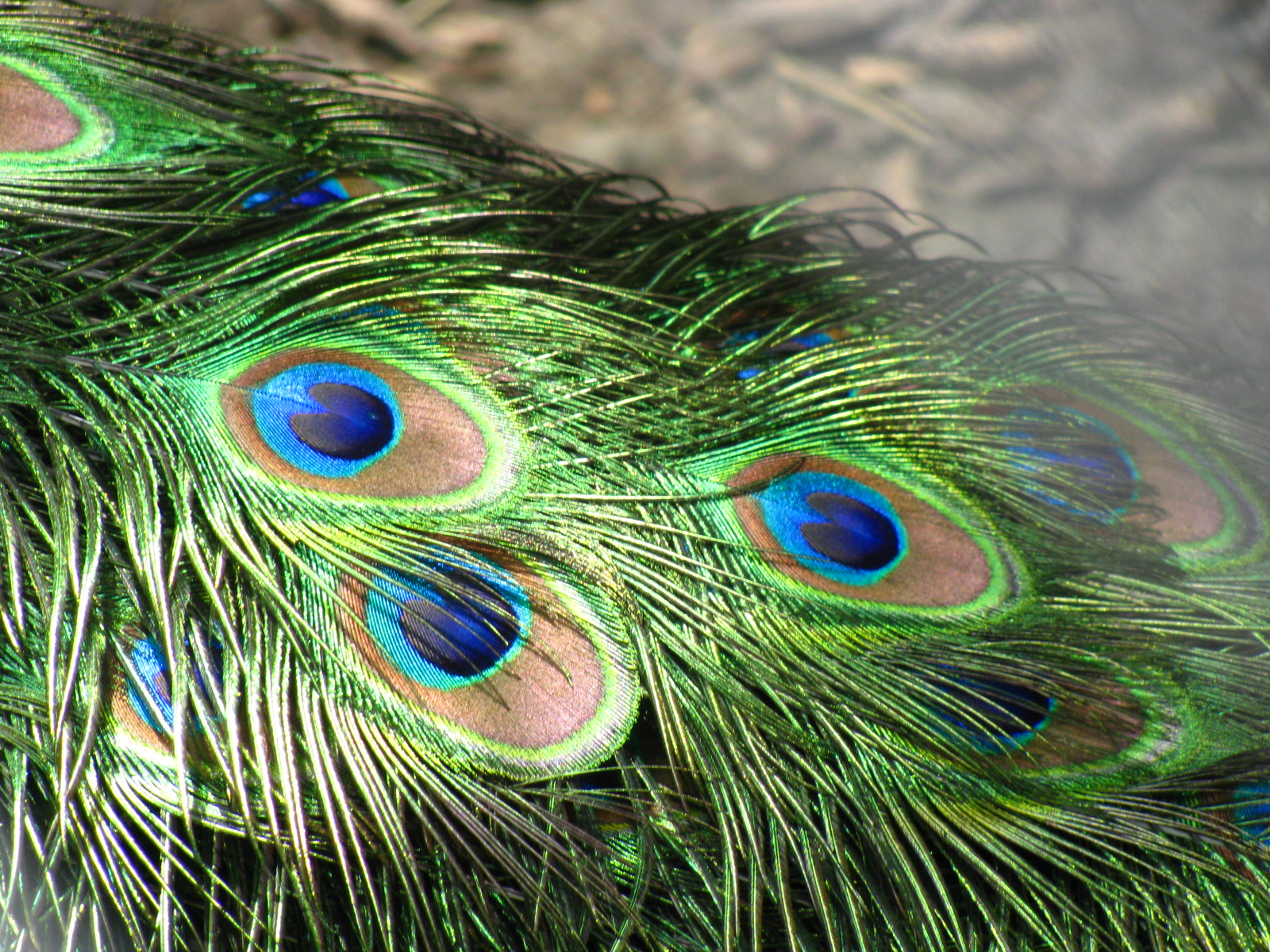In the last Tale we explored some common features of living systems, starting from the attempt to define what life is, then shifting to a working definition of aliveness. In this frame, we referred to a list of features necessary for talking of aliveness. Living systems, despite being extremely diverse, have some recurrent features. Let’s recapitulate them briefly: a living system exhibits organisation and complexity, cells are its basic components, it consumes resources for surviving, maintaining homeostasis, developing, growing and reproducing, it responds to stimuli sometimes showing some form of learning. Last but not least, it is involved in Darwinian evolution across generations. Considering only some of them makes us reason around aliveness even further. Is fire alive, since it consumes resources for reproducing and moves in space expanding itself? Is a crystal alive, since it grows out of an initial regular structure, in some way remembering and reproducing the original shape using resources available in the environment? I challenge you to find some other phenomena showing some of the features that, taken all together, make us say that something is alive. In the very end, despite all such characteristics are necessary conditions for aliveness, it turns out the very peculiarity of life is Darwinian evolution: fire cannot adapt to its environment across generations; a crystal deterministically reproduces a pattern without evolving and being selected. Contributions by the environment affect only the current instance of self-structuring and are not remembered in following iterations. Living systems instead host genetic phenomena producing phenotypic diversity which is the substrate for selection by the environment. This means some individuals will result fitter than others, and will be positively selected. In this way, mutations carrying some advantage are inherited and spread through subsequent generations.
But what does it mean to have an evolutionary advantage? Some features can provide for an advantage under some conditions, and a disadvantage under some others. Thus, the functional repertoire of an organism is not evaluated in absolute terms. Rather, fitness refers to how functionally such set of features responds to the challenges posed by the specific environment individuals live into. Across generations, species tend to acquire the features maximising the probability of surviving and reproduction for the individuals or the community. The environment sets some constraints, causing living systems to explore, across generations, the possible ways the information characterising them can take shape, searching for an optimal solution.
In other words, populations of living systems constantly try to solve optimisation problems. In this vision, each species with its peculiarities can be seen as a set of functional solutions for specific constrained problems.
This process is on since life appeared on Earth, producing a huge diversity of functions, structures and information. We need to take into account that this mechanism of mutation and selection never actually reaches convergence, since the environment by itself is not static at all and is largely composed by other living systems undergoing the same processes. Still, especially in the cases the same constraints were approached by very distant species in very similar ways, we can consider the repeated solutions as tested by nature. In fact, that means different threads reached the same result under different conditions. That must be an interesting solution. In this case, we consider that structure-function relation as recurrent. We can observe recurrent patterns repeating themselves in the natural world at every scale.
Very interesting solutions emerged across hundreds of generations from the different species, in terms of technological exploitability. In fact, facing human technological challenges, we have the possibility to check how did nature targeted similar problems.
Considering these facts, someone at a point in history of technology pointed out that nature could be an excellent teacher, since is performing such trial and error process since ever. Actually the first example of this way of thinking can be attributed to Leonardo da Vinci with his attempt to imitate the wings of bats for building up a flying machine.

But more specific terminology for the transfer of technological solutions from nature to manufactures comes only later. In the 50s, Otto Schmitt coined the name biomimetics. The word derives from Ancient Greek: βίος and μίμησις. The word bionic was coined by Jack E. Steele, possibly originating from the technical term bion meaning ‘unit of life’ and the suffix -ic, meaning ‘like’ or ‘in the manner of’, hence ‘like life’. Bionics, biomimetics and biomimickry have slightly different acceptations. For simplicity, we comprise all of them under the expression bio-inspired design.
From a philosophical perspective, such approach is in my opinion a wise and sage one, sinceit is based on the humble recognition of human limitations. One of the less anthropocentric mental habits I know of. Also, extending this way of thinking to supra-individual systems, organisations can take inspiration from biological arrangements for their internal regulations. This, in my opinion, would guarantee to our species a more sustainable long-term permanence on this planet. A more holistic and integrated approach to the complex system we live into would make our presence less “pathological” for the Earth as an organism. A very interesting and complete reading around this question is The Systems View of Life – a Unifying Vision by Fritjof Capra and Pier Luigi Luisi.
Bio-inspiration is not a field of study per se, but rather a way of arranging information and technological means under some intelligent scheme. Thus, the fields interested by this approach virtually range from manufacturing of nano-structures to organisational management. Here it is a very partial collection of some among the many examples of the variety of existing or prototypical bio-inspired designs.
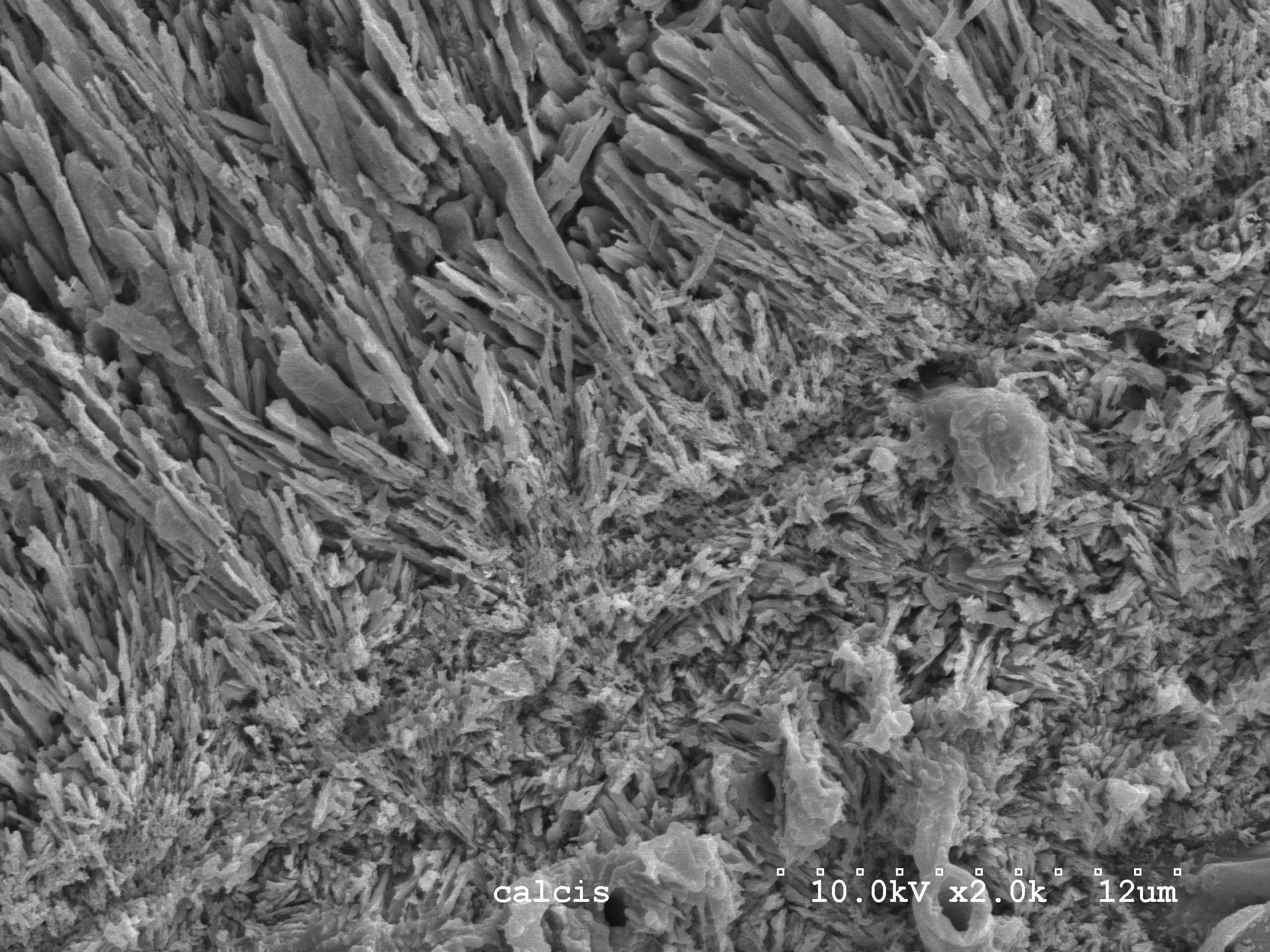

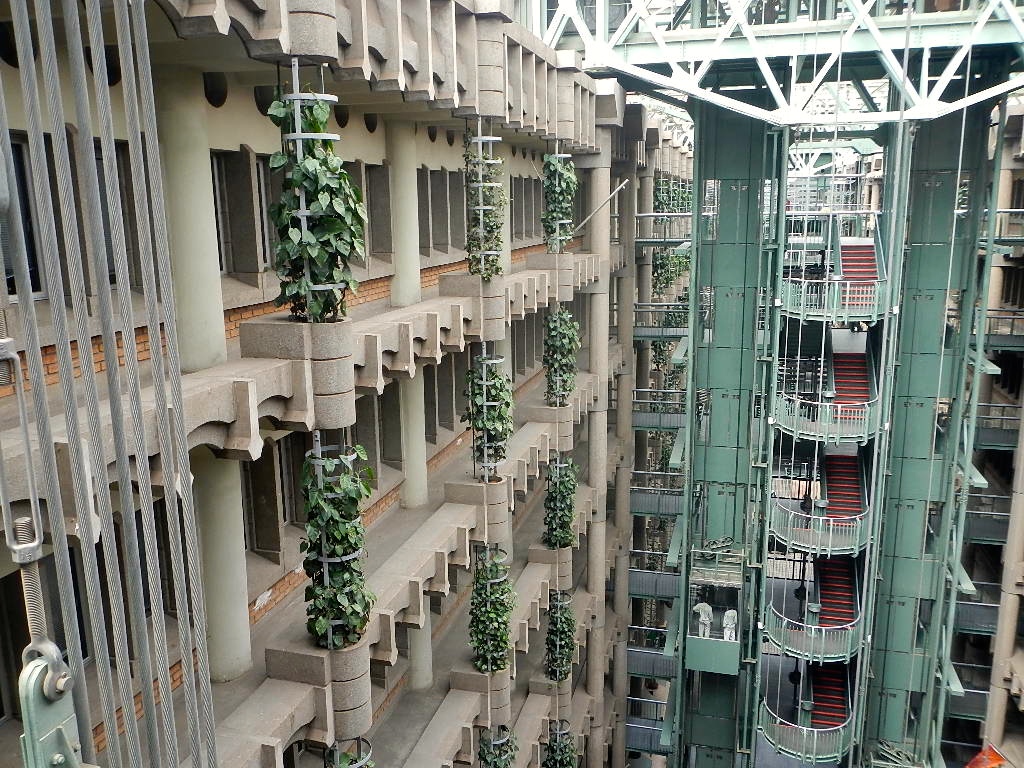







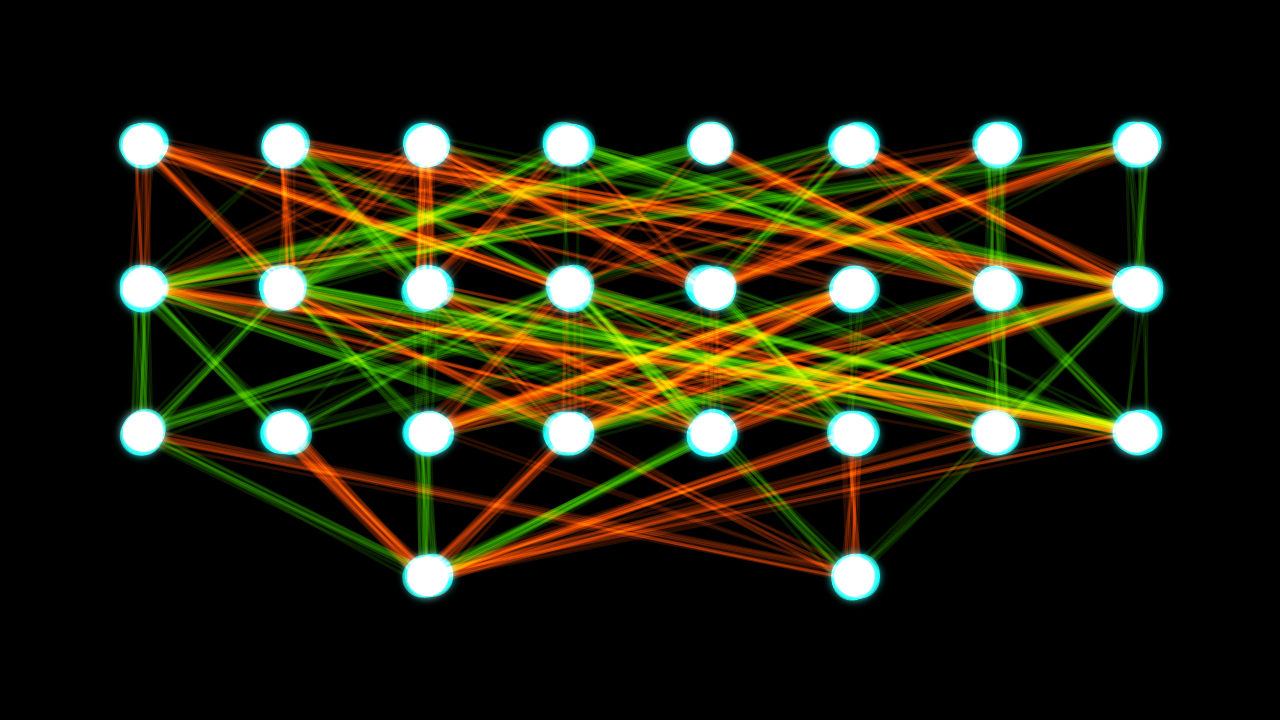

Besides technological applications, fine arts as well include a sort of biomimetic approach in a more or less explicit way. In fact, we often perceive as beautiful images whose parts are arranged in their relative proportions (intentionally or not) according to the golden ratio. This peculiar harmonic arrangement of a system with its parts is observed in natural systems in the first place, and when it is reproduced in works of invention, from paintings to pictures and architectural structures, we resonate with what we consider a natural structural equilibrium. Maybe, an indicator of healthy structural development of an organism. Art and design represent a field where we can intuitively perceive the holistic organisation and harmonic complexity emerging from natural structures at every level.

…and in stunning artworks from different cultures.


Maybe an increasing awareness of ecological implications of our actions as a species will highlight how beauty, intended as the appearance of health, can arise in a complex organism such as our planet. This vision encompasses technology, humanities, science, personal and societal relations, fine arts, and more. That, from my personal perspective, suggests an ethical basis to a transverse bio-inspired way of operating in the world as biologists, engineers, artists, ….as human beings. Or, as someone put it, as supra-Darwinian animals.
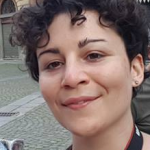 Roberta Bardini
Roberta Bardini
